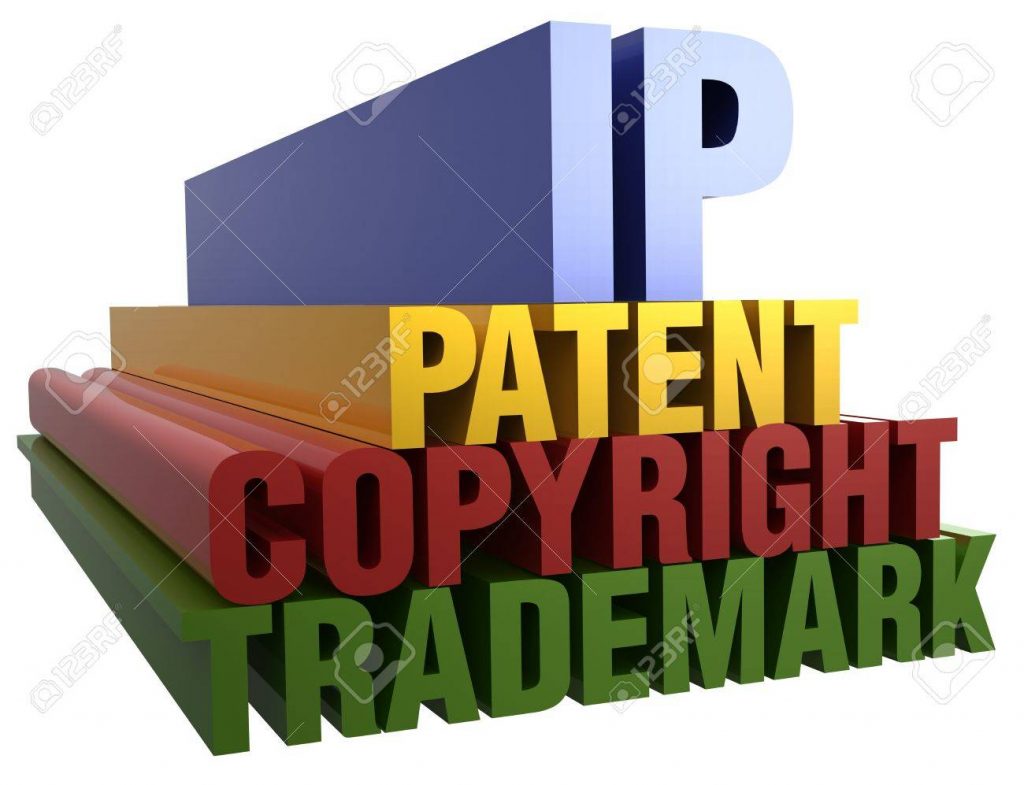The terms “intellectual property” and “organic” are a bit related. Most people have a general concept of what it implies but are unsure of the specifics.
Real estate owners might demarcate the boundaries of their land by constructing a fence around it. Trespassing happens when an unauthorized person breaches protected land. In the same way, the intellectual property creates a virtual boundary around the property it safeguards. Infringement occurs when an unauthorized individual crosses the fence.
Patents, trademarks, and copyrights are the three most common types of intellectual property, and each offers different levels of protection.
Patents
Patents, especially utility patents rather than design patents, protect inventions that are novel and nonobvious in comparison to prior art technologies. The elements of an invention and how it functions are described in substantial written and illustrated detail in a granted patent. A utility patent solely covers what is claimed, regardless of how an invention is described (i.e., what is provided in the numbered sentences at the end of a patent). The claims serve as a virtual fence around an invention, allowing the patent owner to prohibit others from producing, using, or selling the invention without permission. Generally, utility patents provide protection for 20 years from the date of filing.
As an example of a claim, suppose someone developed the pencil and thoroughly described it in their patent. The patent owner might sue for patent infringement if an unauthorized party subsequently produces, uses, or sells a pencil with these claimed features. Notice how the pencil claim might also apply to other writing devices like a pen or even a tube of lipstick, all of which may have an elongate body with a marking material projecting from it.
Trademarks
Trademarks, commonly known as brand names and logos, are source identifiers designed to prevent consumers from being confused about the origin of goods and services. Unlike patent protection, trademark protection can last forever if the trademark owner renews it at periodic intervals. Famous trademarks such as Coca-Cola, Rolex, and Honda bring to the customer’s mind not only specific goods but also characteristics and a level of quality, high or low, associated with those goods. When a customer purchases a Rolex, he or she expects the watch to function as a fine piece of machinery and last a long time.
If an unauthorized user sells a watch with the Rolex brand but with much lesser features and quality than a genuine Rolex, a buyer may be confused and purchase the counterfeit Rolex for a high price, believing it to be a Rolex when it is in fact of much lower quality. While fewer people may be confused about the expected quality of a Rolex purchased from a street vendor with some reasonably high-quality super fakes.
Copyrights
Finally, copyrights protect works of authorship such as novels, music and lyrics, art, and software, among many others. Author protection encourages and inspires creativity, unique ideas, as well as allowing people who create original works to profit from their creations. Copyrights last for the author’s lifetime plus 70 years, or for the shorter of 95 years from publication or 120 years from creation in the event of a work-made-for-hire.
With so much information appearing to be available for free on the internet, there are numerous cases of illegal users duplicating content for their own profit, only to be forced to pay considerable monetary damages to the copyright owner who successfully enforces their rights. Consider what rights the author may have and whether you need their permission to use their work as a practical suggestion when using someone else’s creative work for your own needs. You may be taking an unnecessary risk of copyright infringement by going blindly, and you may have to face the legal and monetary consequences as a result.
You can find the list of US IP Firms here

